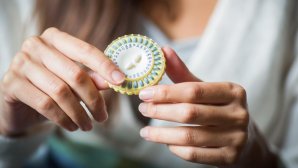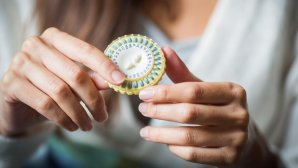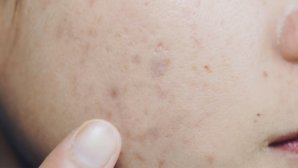Out of all the brain chemistry that�Autism Spectrum Disorders�researchers study, few molecules have received as much attention as the �social hormone,� oxytocin. Some autistic children seem to have low levels of oxytocin in the blood, which has led to several trials to deliver oxytocin intranasally as an autism therapy. Until now, though, such trials have produced inconsistent results. In this article, we explain what scientists know about oxytocin�s connection to autism so far.
What does oxytocin do in the body and brain?
Oxytocin performs multiple functions in the brain and body, such as creating relationships of love and trust between us, preparing us for threatening situations, and supporting mother-child bonding and lactation. The hormone is primarily produced in the hypothalamus, a brain region that intercedes essential bodily functions, such as thirst, hunger, and body temperature. Oxytocin-producing neurons in the hypothalamus extend to the other parts of the brain, like the nucleus accumbens. Here, the hormone regulates social-reward learning.
In the brain�s sensory parts, such as the olfactory bulb, oxytocin appears to balance inhibitory and excitatory signals, hence improving social-information processing. Amygdala fosters social recognition and controls responses to threatening situations. In the pituitary gland, the release of oxytocin into the bloodstream is controlled, which is important for triggering uterine muscle contractions during childbirth. Furthermore, it also supports lactation by facilitating the milk letdown reflex and hence stimulating the milk flow into the nipple.




















































Nice to know that you are trying your best to help the students with their online java exams Consider how they differ from each other Under the guidance of a quality builder, I try to solve the difficulties of the students I do and try my best to provide "Do my java assignment for me" support, I will give you all the facilities from time to time. Allows a career in any school or college project to be completed with an accurate education. You'll find help and articles that will be better than anything you create yourself. When you purchase assignments from our website, you can be assured that they will be completed successfully.